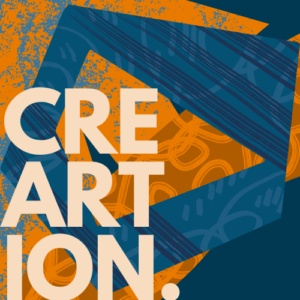The design graphic industry is undergoing a rapid transformation, driven by groundbreaking technologies, shifting cultural values, and innovative creative tools. Businesses, marketers, and digital content creators are increasingly seeking fresh visual communication strategies that resonate with modern audiences. In 2025, the role of design graphic will extend far beyond aesthetics, influencing how brands connect, interact, and build trust with their communities. This article explores the most influential trends set to redefine visual communication, offering valuable insights for designers, brands, and creative professionals looking to stay ahead.
Immersive and Interactive Design Graphic Experiences
The future of visual communication is becoming more immersive, blending the physical and digital worlds through augmented reality (AR) and virtual reality (VR). These technologies are no longer confined to gaming; they are now central to branding, marketing, and customer engagement. Brands are using AR filters, VR showrooms, and interactive 3D elements on websites and apps to create memorable, participatory experiences.
According to Statista, the AR and VR market is expected to exceed $50 billion globally by 2026, reflecting the increasing demand for richer, more interactive brand storytelling. For design graphic professionals, this trend requires a deep understanding of spatial design, motion graphics, and user experience principles to ensure seamless integration between visuals and technology. Companies that harness this potential can turn passive viewers into active participants.
Sustainable and Ethical Visual Communication
Sustainability has evolved from a niche consideration into a driving force in design choices. Audiences are becoming more aware of the environmental impact of digital production, leading to a rise in eco-conscious design graphic approaches. Designers are opting for minimalist layouts, reduced file sizes, and resource-efficient graphics that consume less energy and lower the digital carbon footprint.
Beyond environmental impact, ethical storytelling has taken center stage. Brands are expected to present authentic narratives that align with their values, fostering trust and loyalty. This includes using imagery that reflects diversity, inclusion, and cultural respect. By merging sustainable design practices with meaningful messaging, companies can create visuals that resonate both emotionally and ethically with their audiences.
AI-Driven Creativity and Personalization in Design Graphic
Artificial intelligence is becoming an indispensable tool in the creative process, enabling designers to generate high-quality visuals faster and more efficiently. AI-powered platforms can assist with layout suggestions, automate repetitive design tasks, and even produce personalized content tailored to specific audience segments.
However, the true potential of AI lies in its collaboration with human creativity. While AI can streamline production, the human touch ensures originality, emotional depth, and cultural relevance. Reports from leading design software companies indicate a sharp increase in AI adoption rates among professionals, signaling its growing influence in shaping the industry. Designers who master the balance between machine efficiency and creative authenticity will be at the forefront of the next wave of visual innovation.
Conclusion
The design graphic trends of 2025 reveal a future where technology, sustainability, and personalization converge to create more meaningful visual communication. From immersive AR experiences to ethical storytelling and AI-enhanced creativity, these shifts present exciting opportunities for brands and designers alike. Those who embrace these changes with adaptability and vision will not only stand out in a competitive market but also inspire deeper connections with their audiences. Now is the time to rethink your visual strategy, experiment with emerging tools, and lead the charge in shaping the future of design.
